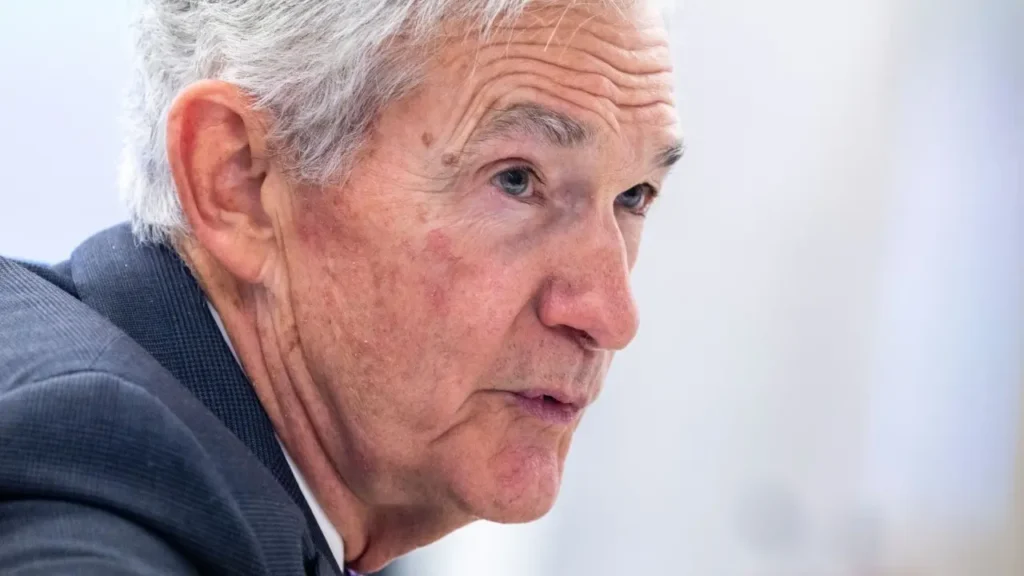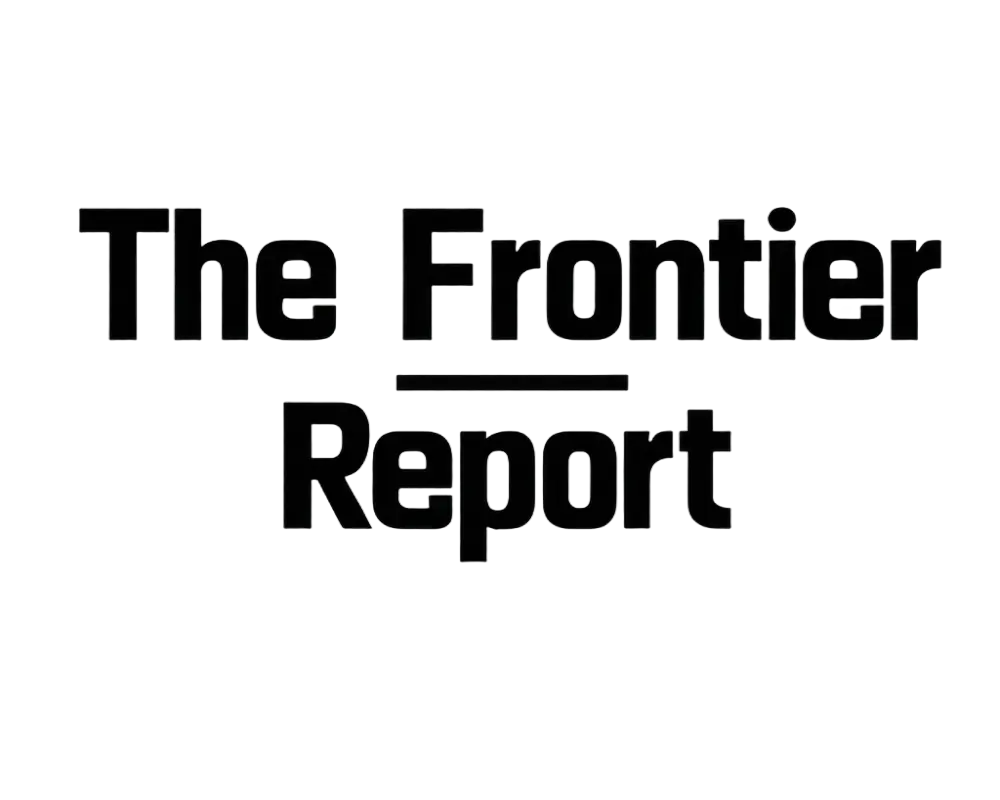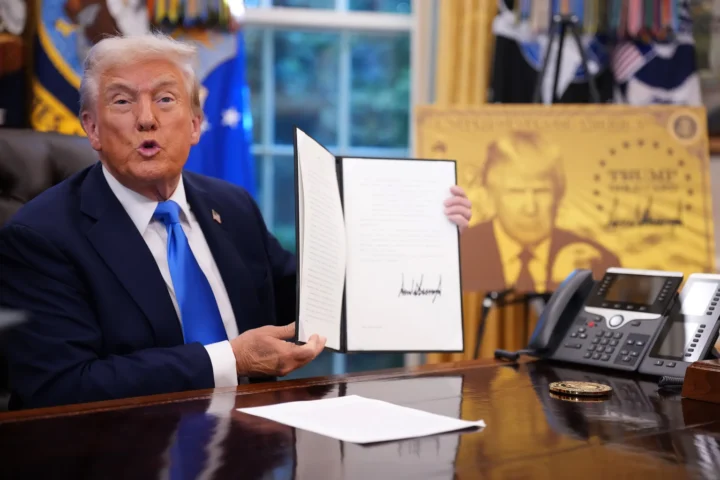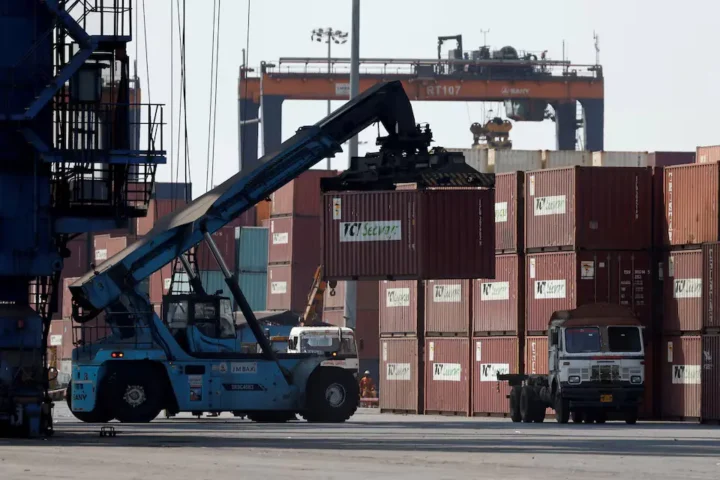In early June 2025, Federal Reserve Governor Christopher Waller stepped into the spotlight—and stirred the pot. While most of the Fed was still tapping the brakes, Waller laid out a bold case for cutting interest rates sooner rather than later. His message was clear: Don’t wait for the storm to hit—act now..
Tariffs Aren’t the Real Threat, Waller Says

At the heart of Waller’s pitch is a simple idea: new tariffs might raise prices, but only a little—and only for a while. In a June 1 speech, he argued that these trade penalties, including those on Chinese electric cars and steel, would likely nudge prices up by just 0.3% to 0.75%. That’s small in the big picture, he said, and definitely not a reason to panic.
Instead of tightening policy to fight what he called “one-time shocks,” Waller urged fellow Fed members to “look through” the noise. Inflation expectations, he pointed out, remain steady. Not everyone at the Fed was convinced—some warned businesses might use tariffs as cover to hike prices permanently—but Waller held his ground.
Insurance Cuts, Not Emergency Measures
Waller didn’t stop at tariffs. He introduced a fresh angle on rate cuts: call them “insurance.”
Unlike 2024’s cuts, which came in response to a shaky job market, Waller said the next round should be proactive—meant to keep things stable before cracks widen. He outlined clear terms: as long as tariffs stayed manageable, unemployment hovered near 4.1%, and core inflation stayed close to 2%, the Fed should consider trimming rates.
Why wait for the economy to break, he asked, when you can cushion the landing early?
Labor Market Warning Signs
Backing his argument, Waller pointed to early June job data. The private sector added just 74,000 jobs—barely moving, and likely to get revised lower. He flagged other worrying signs too: fewer job openings, slower hiring, more layoffs in industries like tech and logistics.
Waller’s concern? If the Fed waits for unemployment to spike, it’ll be too late. Better to cut a little now, he argued, than a lot later.
A Divided Fed—and Political Noise
Waller’s stance shook up the Fed’s internal debate. He and Governor Michelle Bowman wanted to move quickly. Chair Jerome Powell and most others weren’t ready. They wanted to see months of solid data showing inflation was still under control before making a move.
Adding fuel to the fire, the Trump administration kept pushing the Fed to cut rates—fast. That led to whispers: was Waller angling for Powell’s job? He denied any political influence and said his views were based on the numbers. Still, the pressure outside the Fed made things messier inside.
What It Means Going Forward
Waller’s speech didn’t just offer a different take—it changed the conversation. He framed 2025 rate cuts as a smart, forward-looking move to prevent trouble, not just react to it.
Now, the Fed faces a tough call: stick with caution, or take the risk and move early. Waller’s voice is forcing that decision into the open. And with the economy in a strange, fragile spot—tariffs up, jobs slowing, inflation uncertain—the stakes couldn’t be higher.







